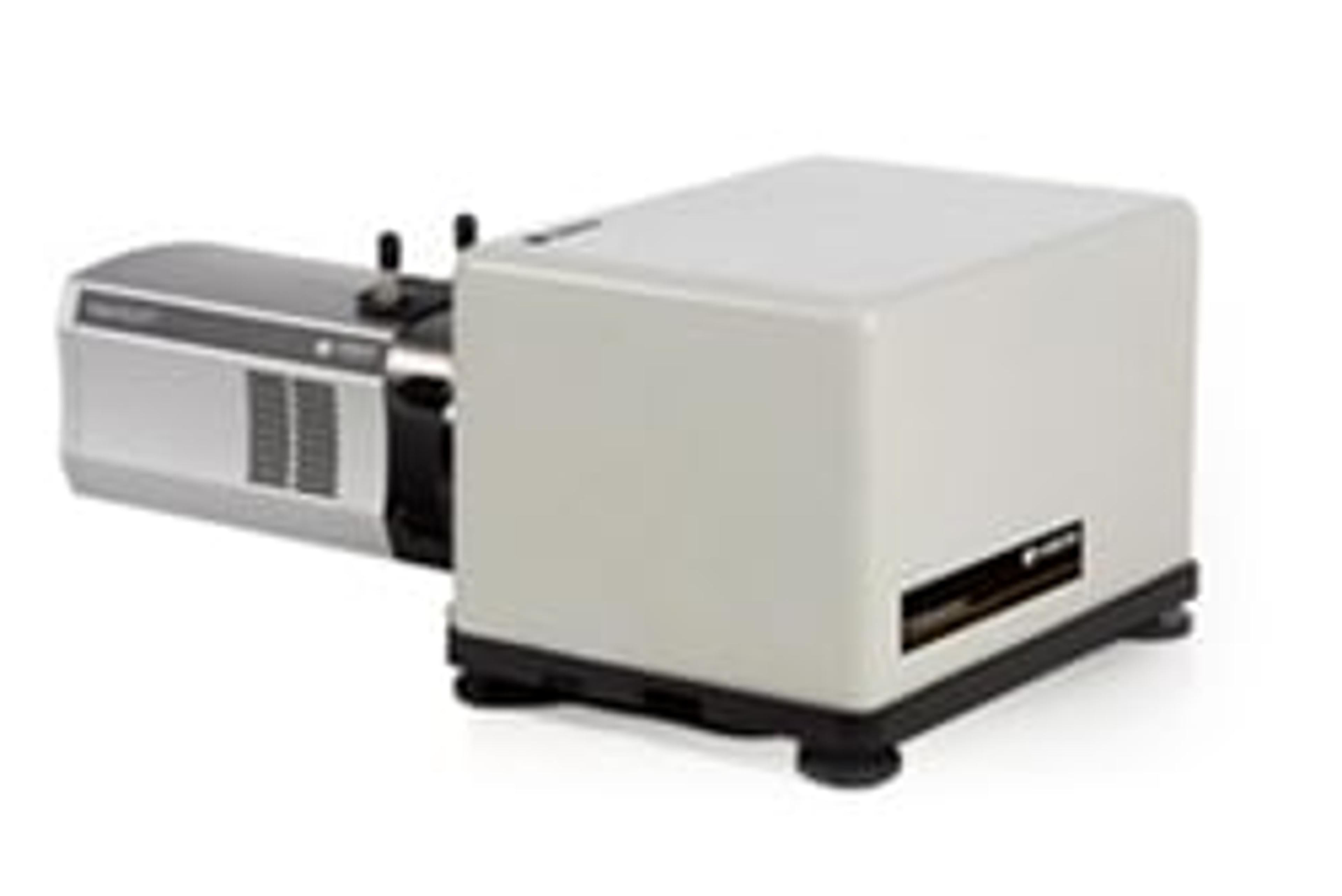Brillouin microscopy and Raman spectroscopy: Emerging techniques for improved biomedical and clinical research
Watch this on-demand webinar to discover how Brillouin microscopy and Raman spectroscopy can revolutionize your biophysical and biochemical analyses
14 Jan 2021

In this exclusive double feature webinar, Dr. Francesca Palombo and Prof. Nick Stone, from the University of Exeter, reveal the power of Brillouin microscopy and Raman spectroscopy techniques for use in life sciences, biomedical, and clinical diagnostic applications.
In the first part of this dual event, Dr. Palombo reviews the recent advances in Brillouin light scattering (BLS) microscopy and outlines the challenges and opportunities posed by the biomedical application of this emerging technique. In part two, Prof. Stone provides a clinical perspective on the utility of novel Raman approaches to pathology, point of care and open surgical fields, and shares his recent work in translating Raman spectroscopy to the clinic.
Watch on demandFind highlights from the live Q&A session below or register to watch the webinar at a time that suits you>>
Q: What is the relevance of Brillouin signals in biomedicine, i.e., high-frequency versus low-frequency measurements?
FP: When you look at Brillouin peaks in a spectrum, the frequency shift provides a measure of a sample’s mechanical properties. For example, higher frequency indicates a stiffer material, whereas lower frequency means it’s squishier.
It’s different from what you can measure by quasi-static measurement. It’s a high-frequency technique compared to others, such as compressive testing, and the modulus is also different. When looking at viscoelastic materials in a biological sample, the mechanical properties change with frequency, but they also change when you look at different types of elastic moduli.
Q: Is there a relationship between tissue function and Brillouin-derived elastic moduli?
FP: We know that the mechanical properties of cells and tissues are related to their structure and function and what we measure is the stiffness tensor, which can directly relate to the structure and function of a particular cell or tissue.
Q: You mentioned the use of water as a marker for cancer. How specific is this likely to be?
NS: Water is something that is apparent in reasonably large tumors where there's leaky vasculature, which means that the blood vessels aren’t formed appropriately and tend to not drain the tissue. This is often why tumors feel quite hard when clinicians try to find them.
However, things like cysts can also have a lot of fluid in them. So this marker is not entirely specific to cancer. It would probably be only specific to tumors that have reached a reasonable size. When you know somebody has cancer present and you're trying to locate it with spatial accuracy, then it’s a very useful tool. As a diagnostic tool for early disease, it's probably not the first marker to go to.
Q: Can this technique can be used to map the spatial distribution of cross-linked density in transparent materials? What is the spatial resolution?
FP: Yes, we can map the density of cross-links. The signal that we measure depends on mechanics and the elastic modulus, as well as the density and refractive index. You can determine density providing you know the other two parameters.
The resolution depends on the actual length of propagation, the mean free path of your acoustic phonons. When hitting an interface between a certain thickness and something underneath with a different chemical structural property, you can imagine a shift in your Brillouin peak at that point you're crossing that interface. So, you can gain a measurement of thickness that you can compare with other techniques. Raman will give you a close match to the optical resolution.
Q: Are the Raman fingerprints identified and classified purely by AI methods? And is there any model or other way to predict Raman fingerprints from molecular content?
NS: There is not usually a clear Raman peak specific for a disease. It’s usually a combination of biochemical compositional changes, rather than direct fitting of specific biochemicals. As a result, it's usually more accurate to develop an AI-type approach or a multivariate statistical analysis that takes into account the majority of the information in the data.
But there are alternative approaches. Michael Feld's group approach at MIT was to look at the biochemical signatures found in cancers such as breast cancer, and then link and build diagnostic models based upon the biochemistry of those changes. We did something similar by building models from pure biochemicals that we expected to be present within the tissues. The problem with both these approaches is that you need to include as much information as possible on those biomolecules to make the diagnostic model accurate.
Q: What are the main elements that people should consider for their lab to set up simple Raman spectroscopy?
NS: Raman spectroscopy can be done cheaply if you’re trying to measure something with a high concentration of solution. The purer a solution, the easier. As you get more complex biological samples, signals tend to get diluted, so you need more expensive kit. In any case, you need a monochromatic light source, a good spectrometer, and a good detector.
If you know you’re looking at low concentrations, you need a reasonable amount of light and a very good detector. The depletion detectors, for example in the near-infrared, have been good for us, but it depends on your application.
Q: Can you summarize the key benefits of Raman for biological applications over other optical techniques, such as fluorescence?
NS: A key benefit of Raman is the fact that the peaks we measure are incredibly sharp relative to most other optical approaches. This allows the measurement of a whole range of changes in biochemistry across amino acids, nucleic acids, lipids, proteins conformations, etc. The combination of these changes can then allow you to measure the tissue type, the pathology of cells, and potentially the prognostic information that drives a carcinogenesis or disease process that may change the structure later on, which is something clinicians would be able to see in biopsy samples.
Another benefit is that you can achieve the real-time measurement of molecular composition, which is incredibly powerful. Ideally, you want something that will help you direct your Raman measurements to a particular area, then you have a lot of power in the information you can obtain.
Learn more about Brillouin microscopy and Raman spectroscopy: Watch this webinar on demand here>>
SelectScience runs 10+ webinars a month across various scientific topics, discover more of our upcoming webinars>>

